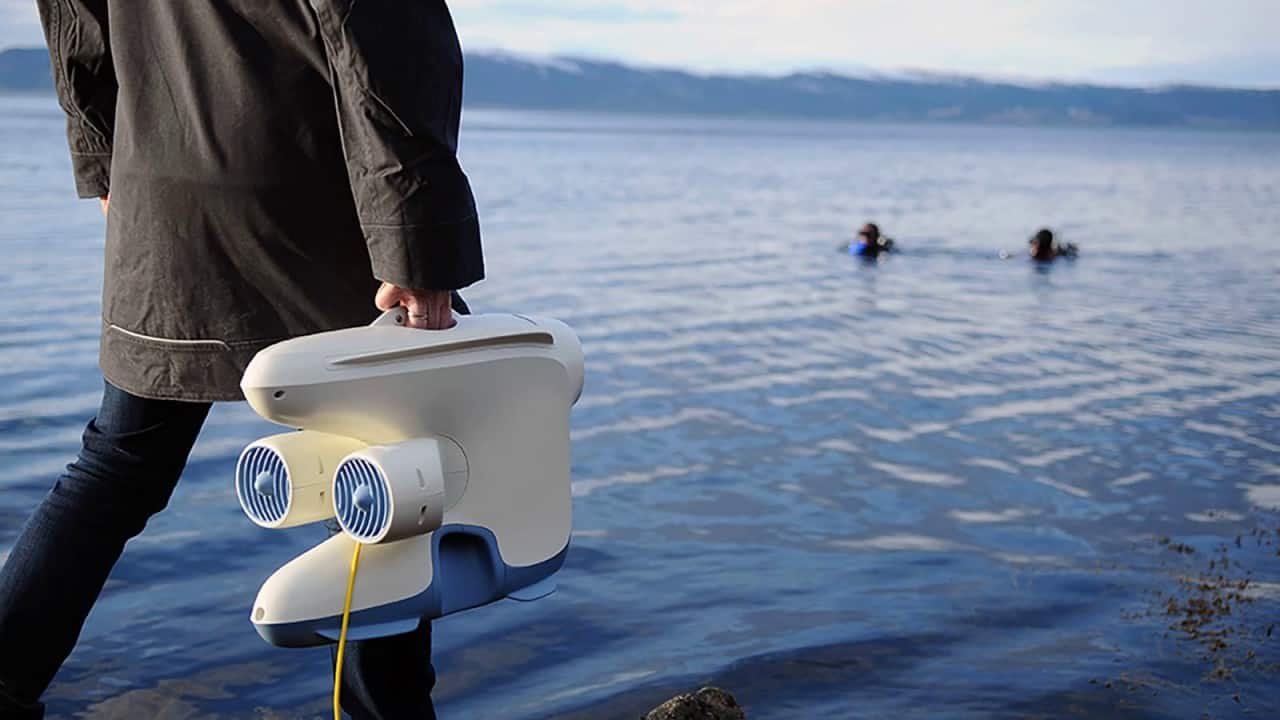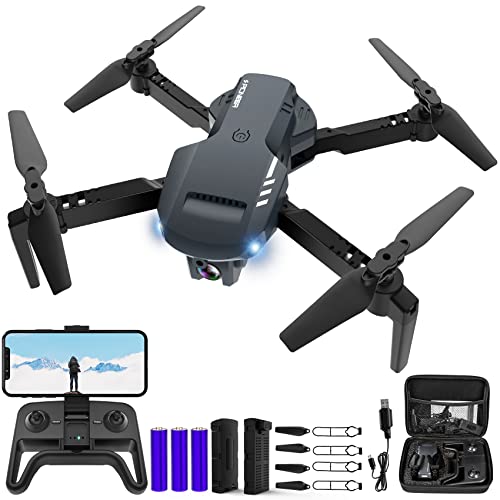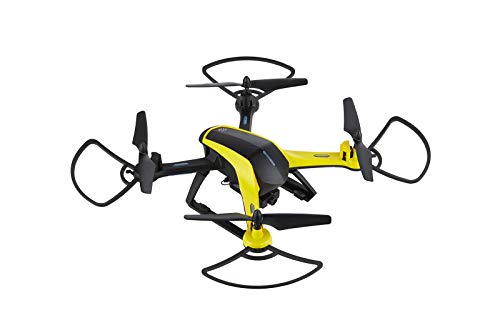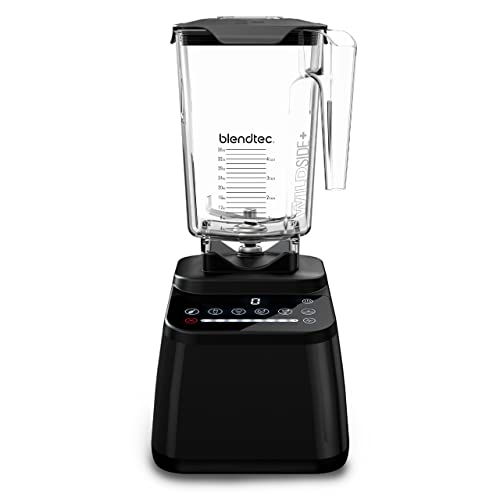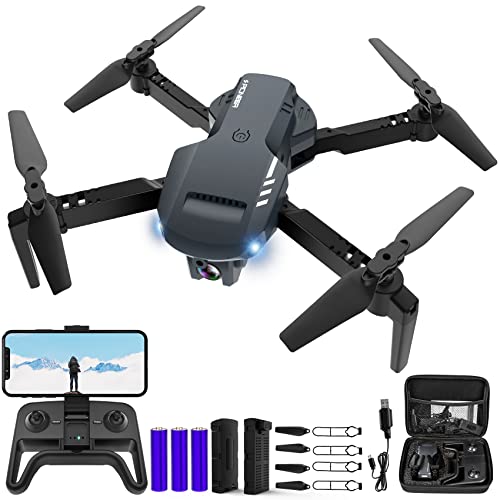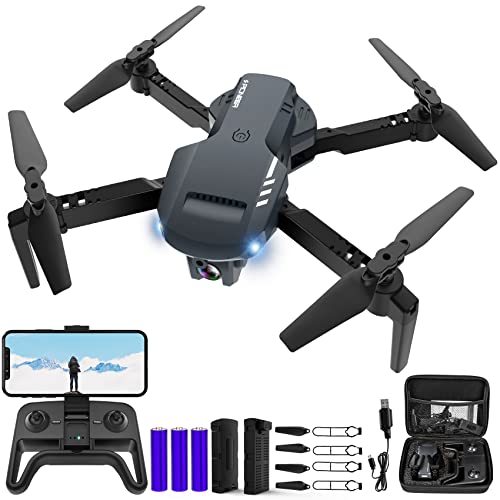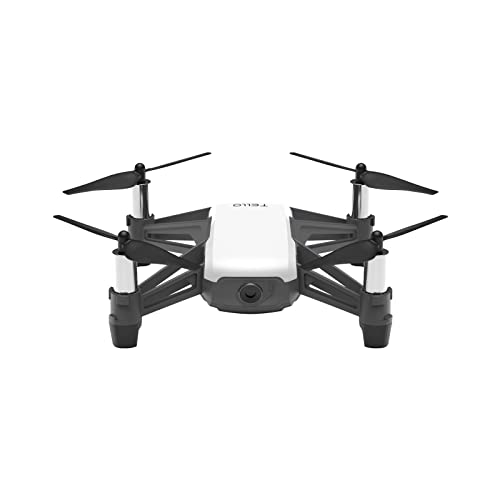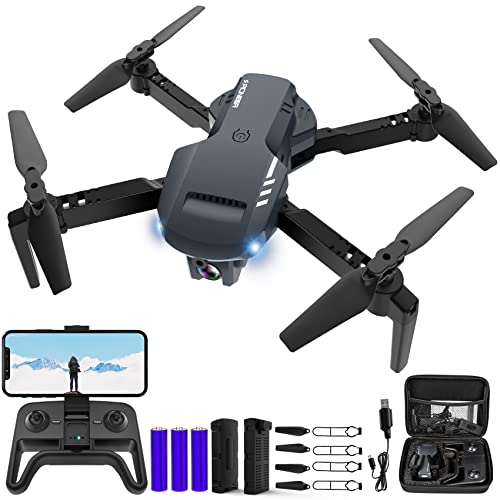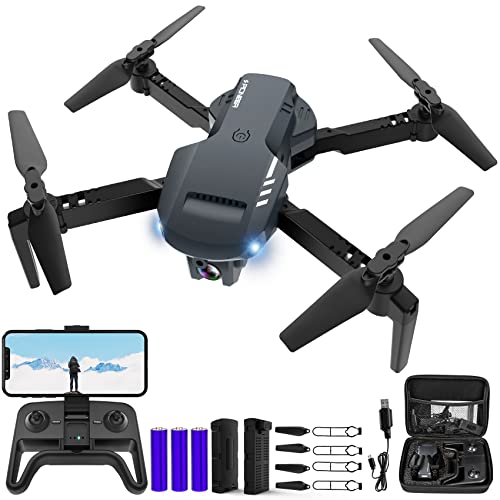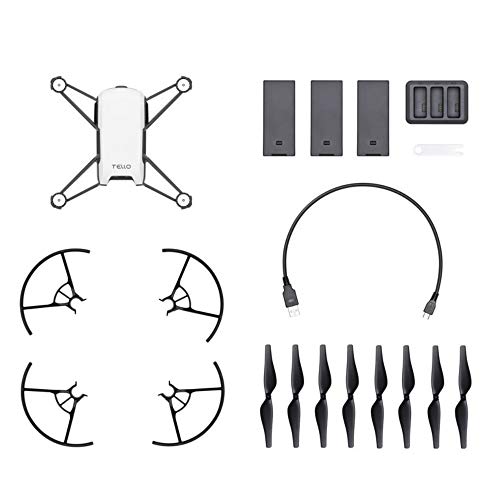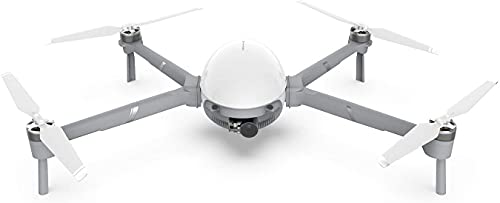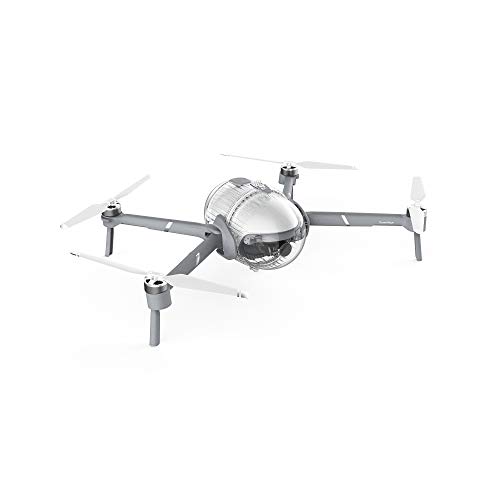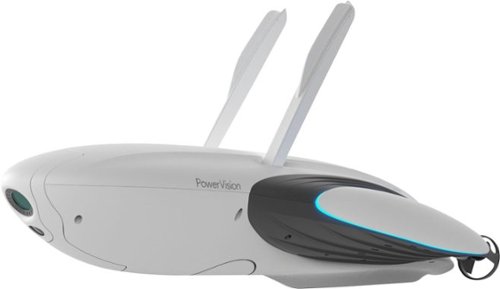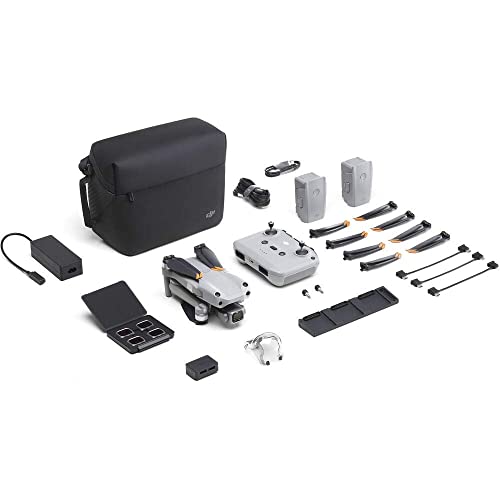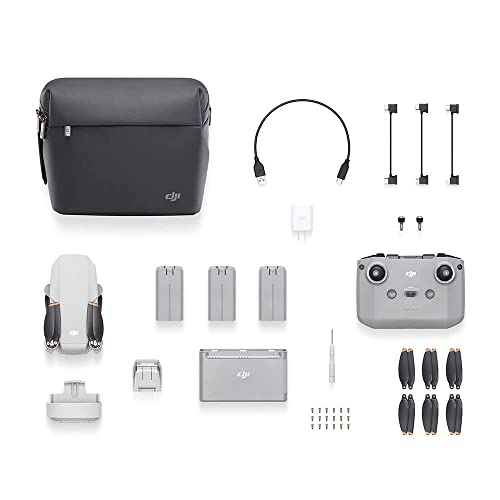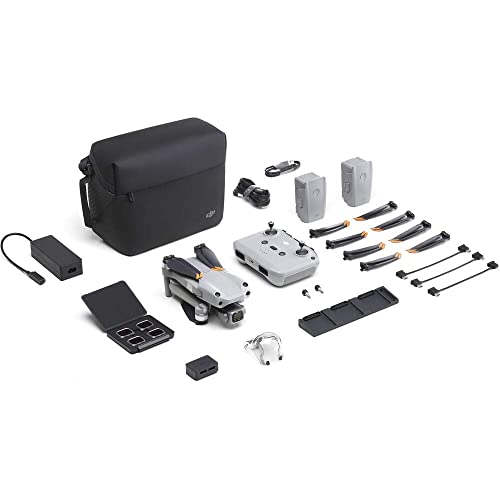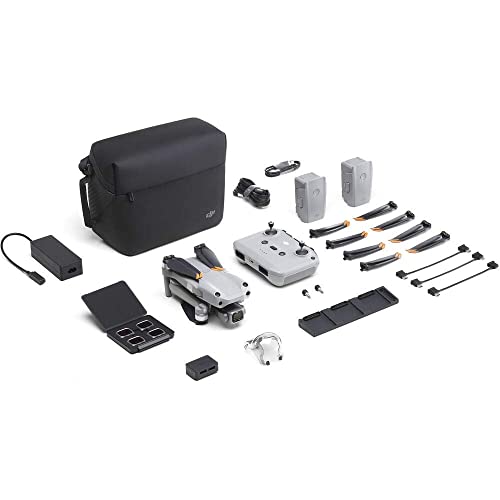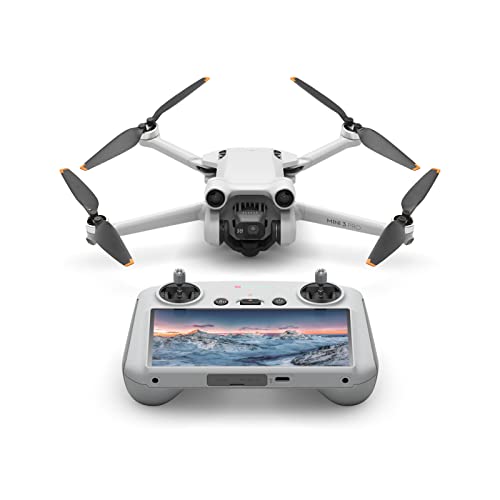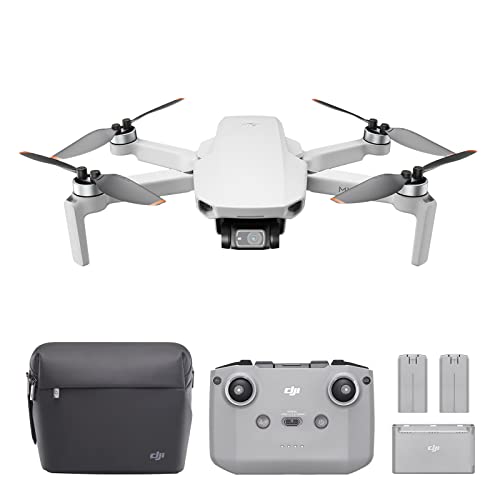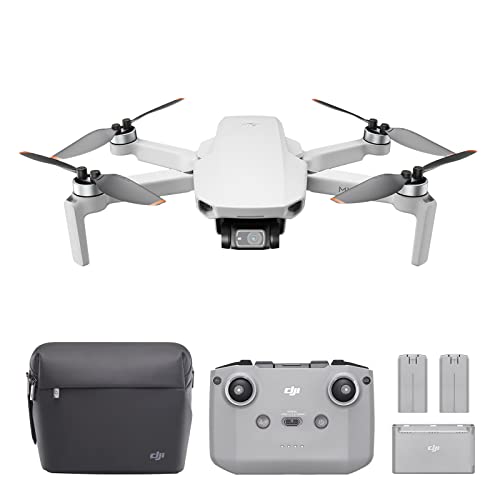If you’re wondering what are FPV drones, there are a few key features that define this kind of drone that you should know about. The best drone for you may be the one that offers the most immersive flying experience, control, and precision, but you may prefer one that’s easy to operate and “plug and play.”
KEY TAKEAWAYS:
- First-person view (FPV) drones provide a highly immersive drone flying experience.
- FPV drones allow operation from the drone’s perspective instead of the operator, which means they require a bit of a learning curve.
- FPV drones allow for far more precise flying, and their low latency controls make them quicker and more accurate to control.
Once you’re familiar with what they are, you may want to look further into how to build an FPV drone. You could also look into what drones are used for, what police drones are used for, and what drones are used in the DRL (Drone Racing League.)
What Are FPV Drones?
FPV drones allow the operator to see what the drone sees, FPV meaning “first-person view,” and these models typically have high-quality cameras attached to them. They’re a newer entry to the consumer drone market compared to traditional models and have a few differences in design and use.
Differences Between FPV Drones and Traditional Drones
Standard drones are piloted from the pilot’s perspective on the ground and don’t generally have cameras. If they do have a camera, it’s not used to pilot the drone itself.
Insider Tip
A ham radio license is required for FPV drone operation within certain fairly common parameters, so it’s a good idea to take the test and get your license before you start using one.
Conversely, the camera attached to an FPV drone serves as a monitor feed for its operation. This camera has high video quality and functions as the drone’s eye, allowing the user to see what the drone sees in real-time via the monitor feed on the controller.
Most FPV drones can have their FPV cameras shut off so that they can be operated like standard drones, however, which means that the difference between FPV drones and standard ones comes primarily down to just this part of their functionality. Otherwise, their designs and functionality will be comparable from model to model.
Usage Of FPV Drones
The benefits of using an FPV drone over a standard pilot-perspective model are found in their precision, level of immersion, and uses in imaging and filming, or even as racing drones.
Immersion
For users looking for the most immersive experience possible with drone operation, FPV drones are far superior to standard drones. Viewing and controlling a drone from its perspective simulates the feeling of flying and interacting with an environment in real-time from a vantage point not usually possible. Some are even usable with game controllers to assist with muscle memory.
Precision
Operating a drone from the first person also allows for greatly increased precision, making it easier to fly drones into smaller or tighter spaces and closer to objects without colliding. The caveat here is that FPV piloting from video signals is a bit harder to get used to for most people than controlling conventional drones, whether they’re a beginner or not.
It’s advisable for beginners to operate FPV drones with a second person who can watch the skies for weather or nearby objects that may be outside of the camera’s field of view.
Photography and Videography
One of the biggest advantages of FPV drones is their ability to capture unprecedented and stunning images and the high-quality video that was otherwise out of reach to the casual photographer or videographer- or even the professional- in previous eras.
Not only are FPV drones with high power level LiPo batteries capable of reaching vantage points that are impossible or impractical otherwise, but you can frame images to your exact preferences since it’s being done directly from the drone’s POV.
Warning
FPV drones are generally more challenging to operate for beginners because their increased precision and different vantage point come with a high learning curve.
F.A.Q.S
Who uses FPV drones?
FPV drones are becoming the standard for professional and semi-pro photographers and videographers due to their immersive flight, precision, a wide range of uses, and potential for unprecedented imagery. For example, drones are increasingly being used by police and first responders for search-and-rescue operations, allowing them to make visual contact with victims and suspects. Even insurance claims adjusters can assess storm damage remotely. Video game developers are also using them for their virtual reality potential.
How do I get into FPV drone racing?
An excellent place to start would be to practice with drone flight simulators like the DRL (Drone Racing League) Flight Simulator or a similar semi-professionally designed video game, especially with a purpose-built flight controller. If or once you feel comfortable with your skills, organizations like the DRL can help you find races or racing organizations in your area to get started with.
Do I need a ham radio license to fly an FPV?
Technically you’re allowed to operate an FPV drone without a ham radio license in some areas. However, if you’re unlicensed and exceed certain power limits or use the wrong radio signal frequency bands, you may violate FCC regulations. It’s, therefore, a good idea to get your ham radio license before you start using your FPV drone or any applicable amateur radio license.
STAT: Most Federal Aviation Regulations applicable to “aircraft” also apply to FPV drones. (source)

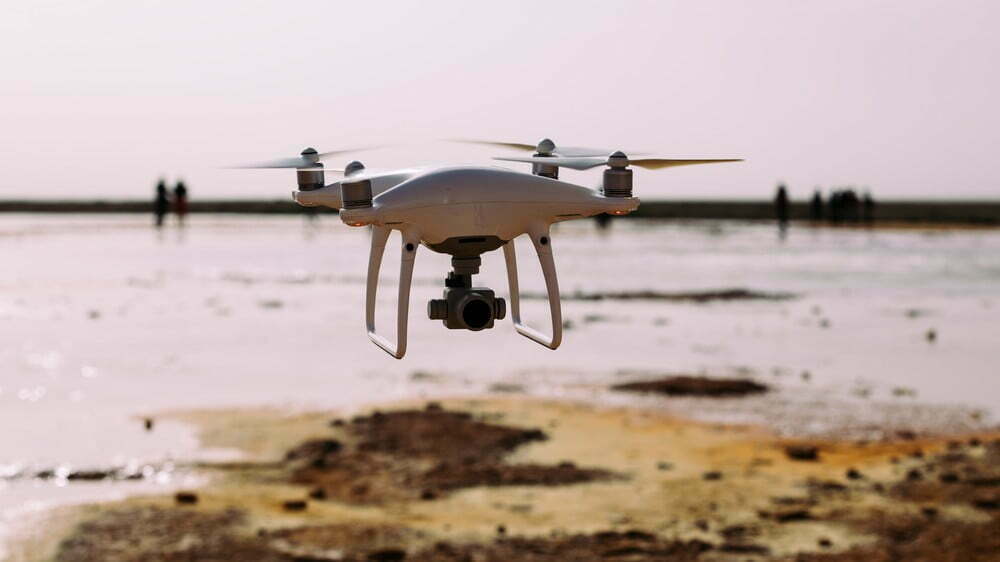












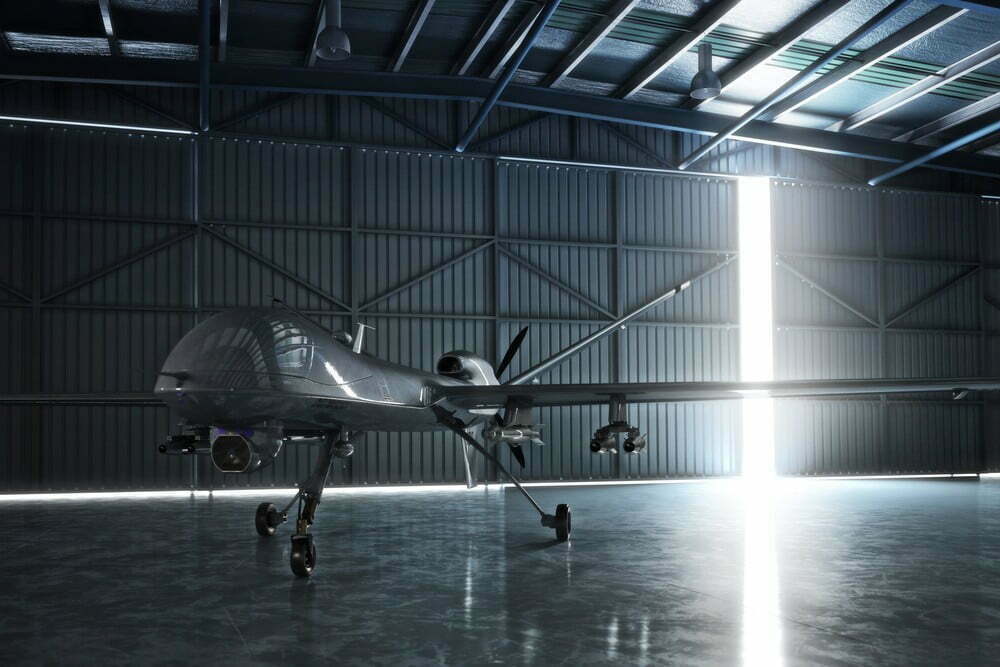
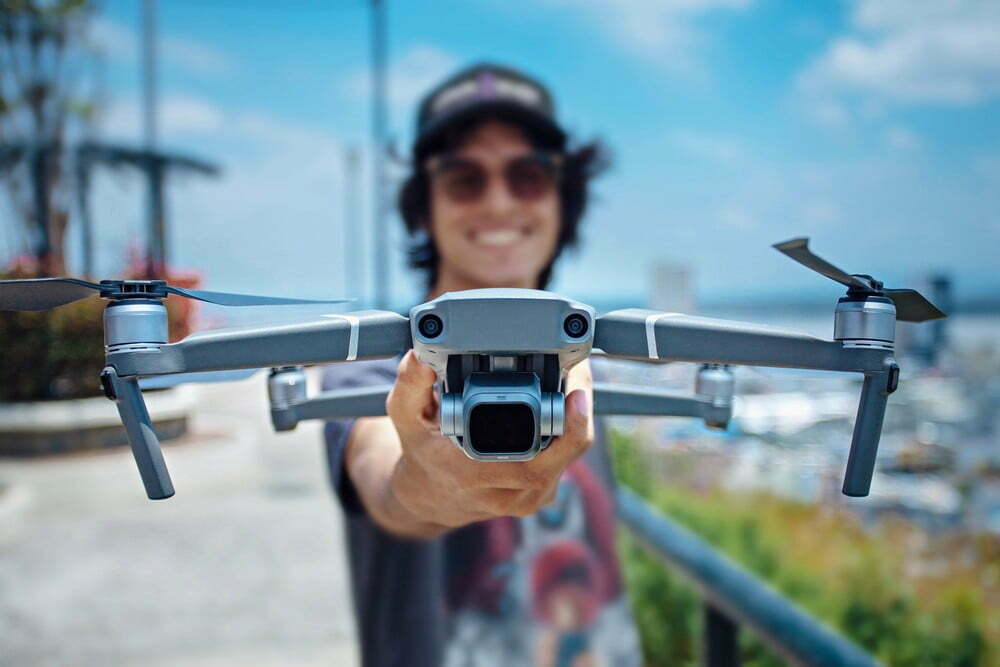
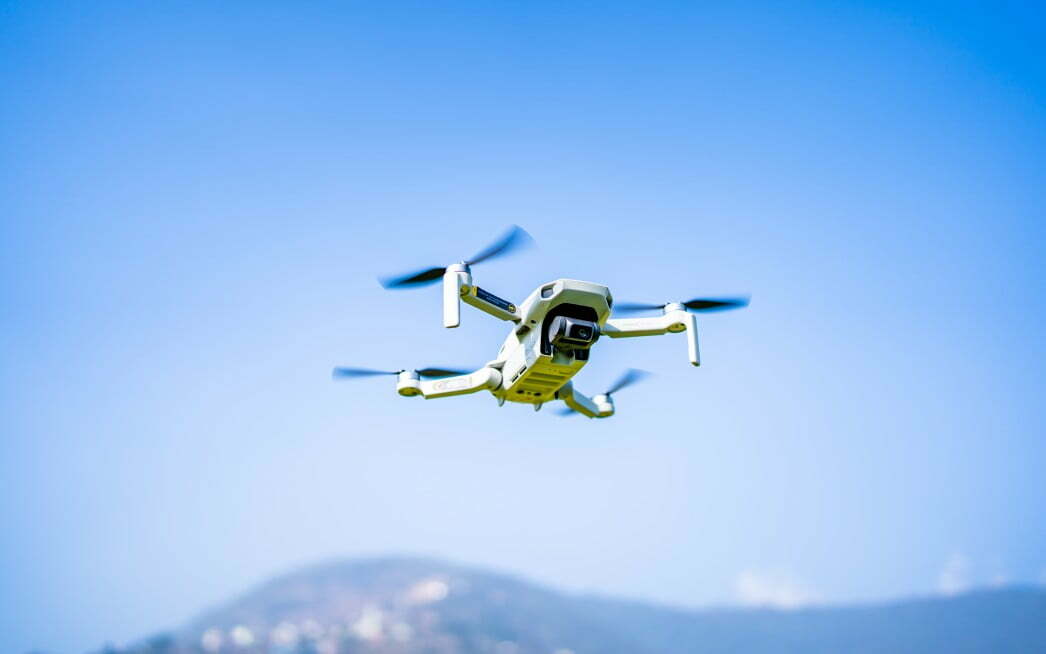
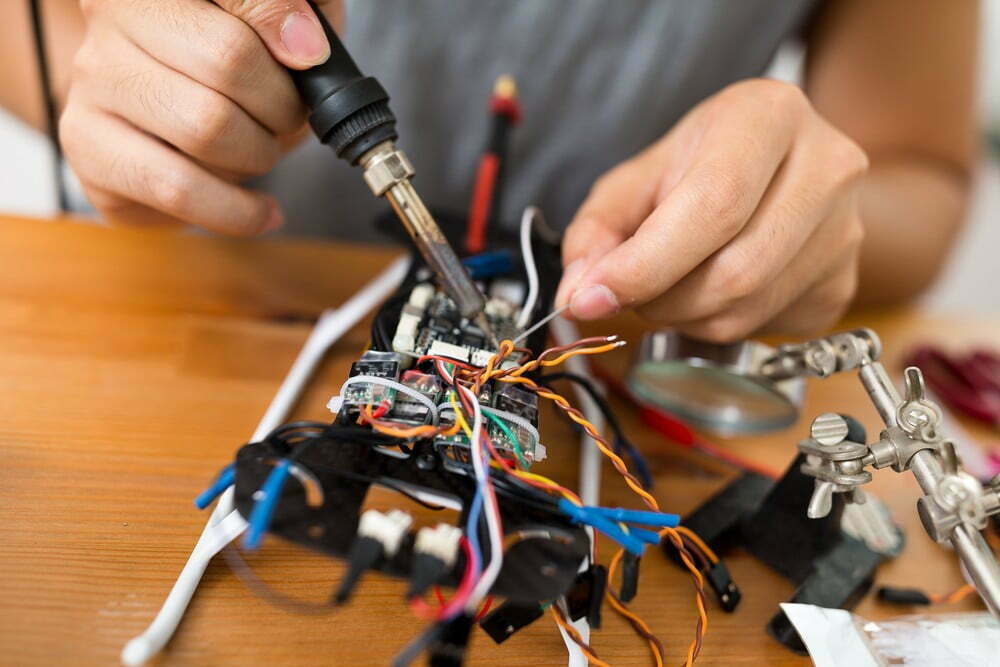
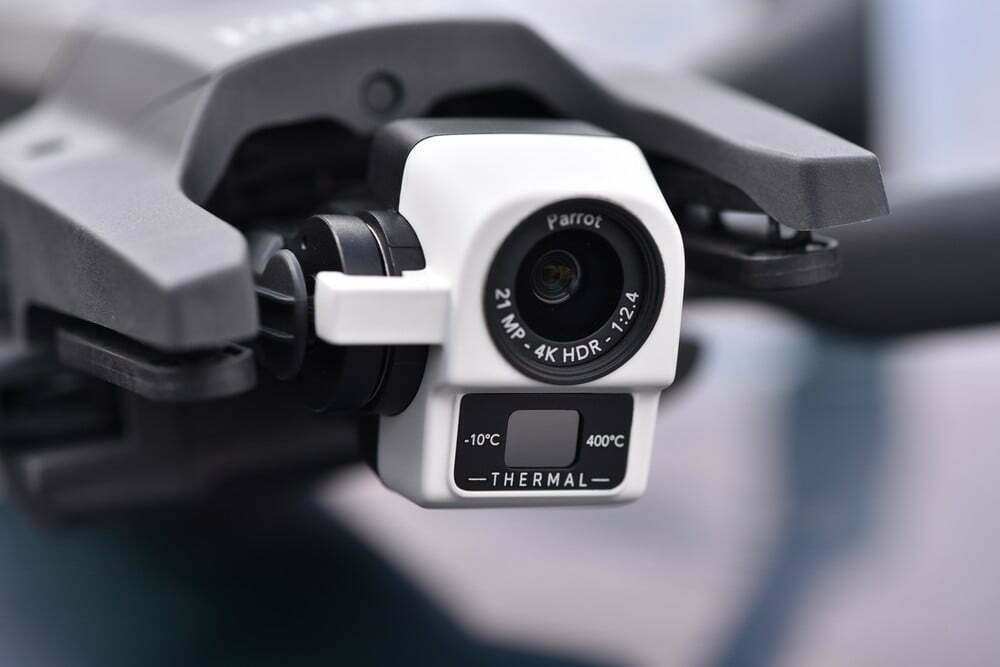
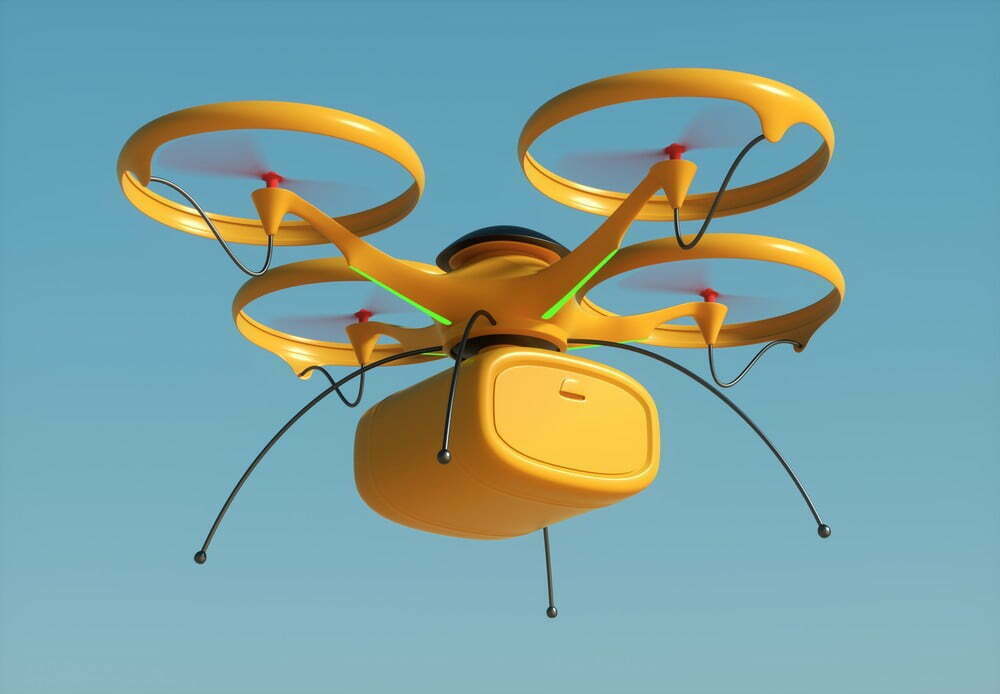
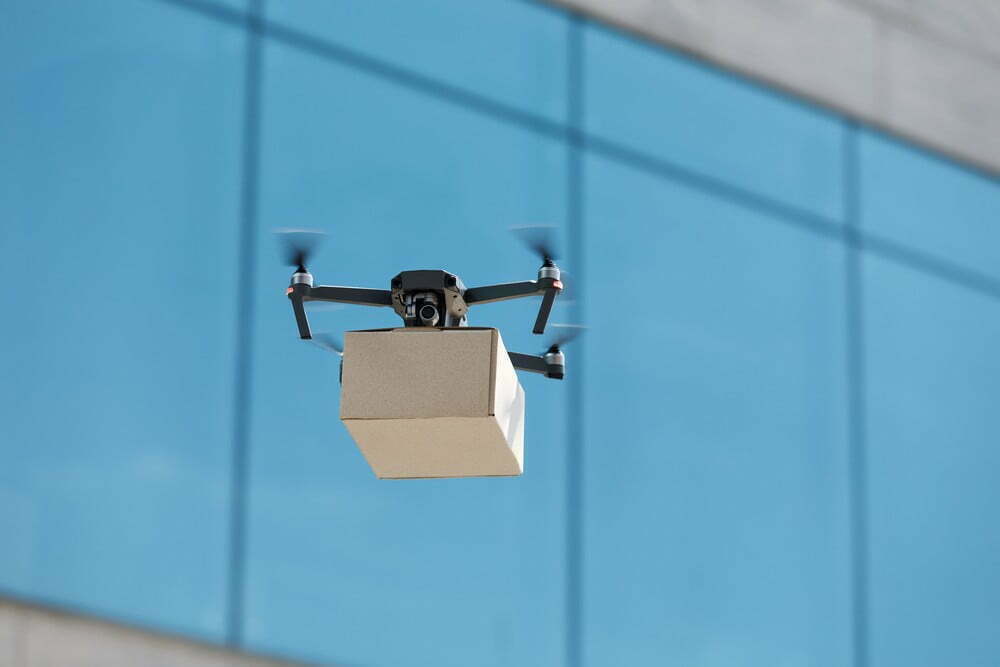
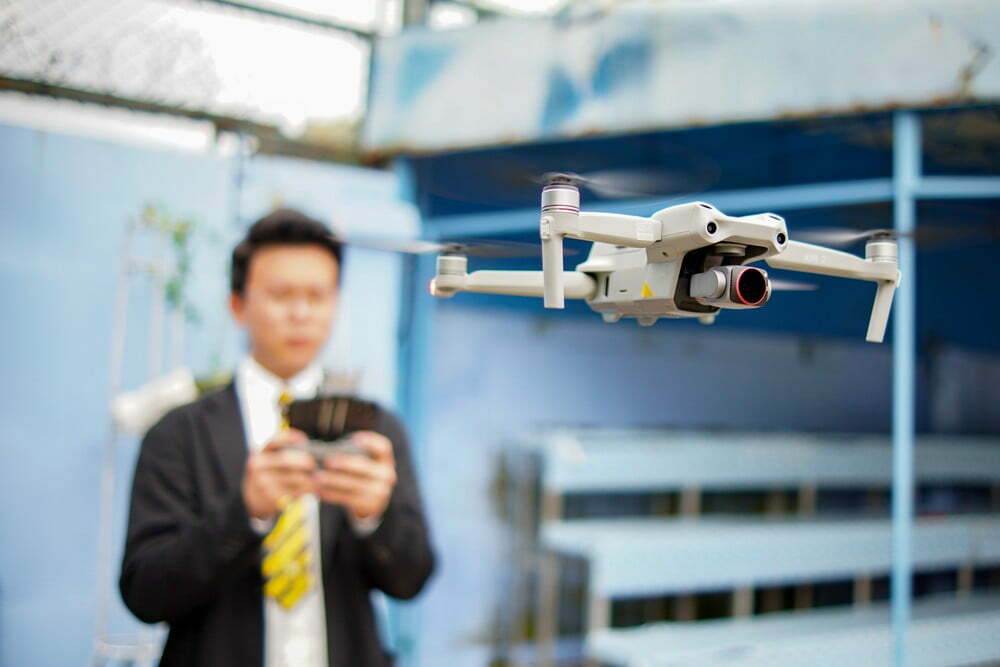
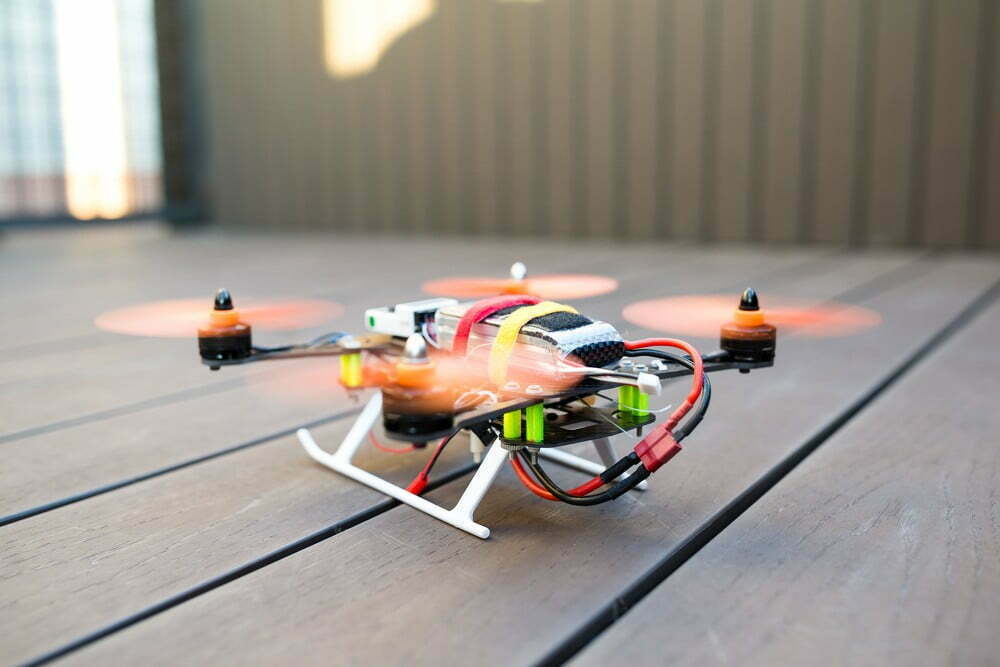
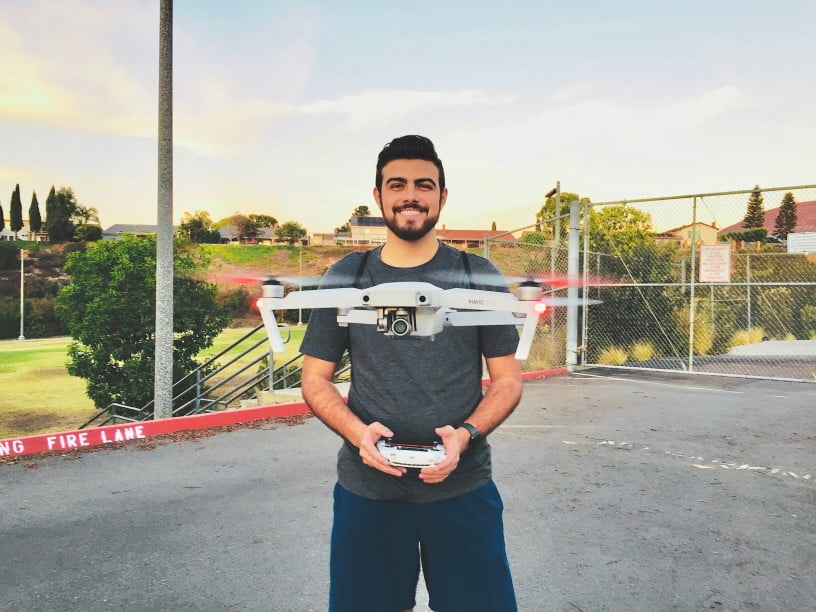
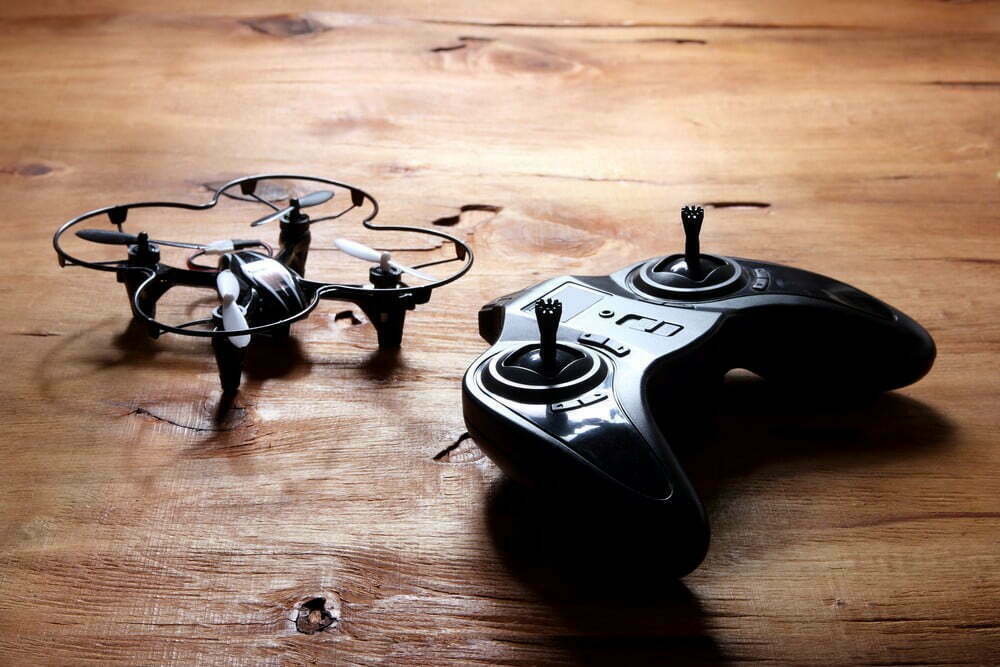
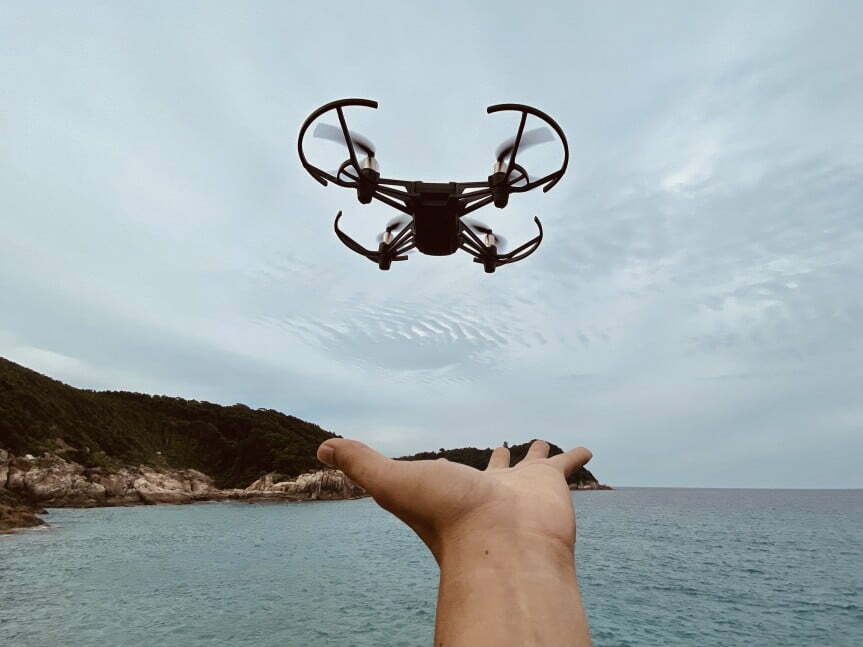
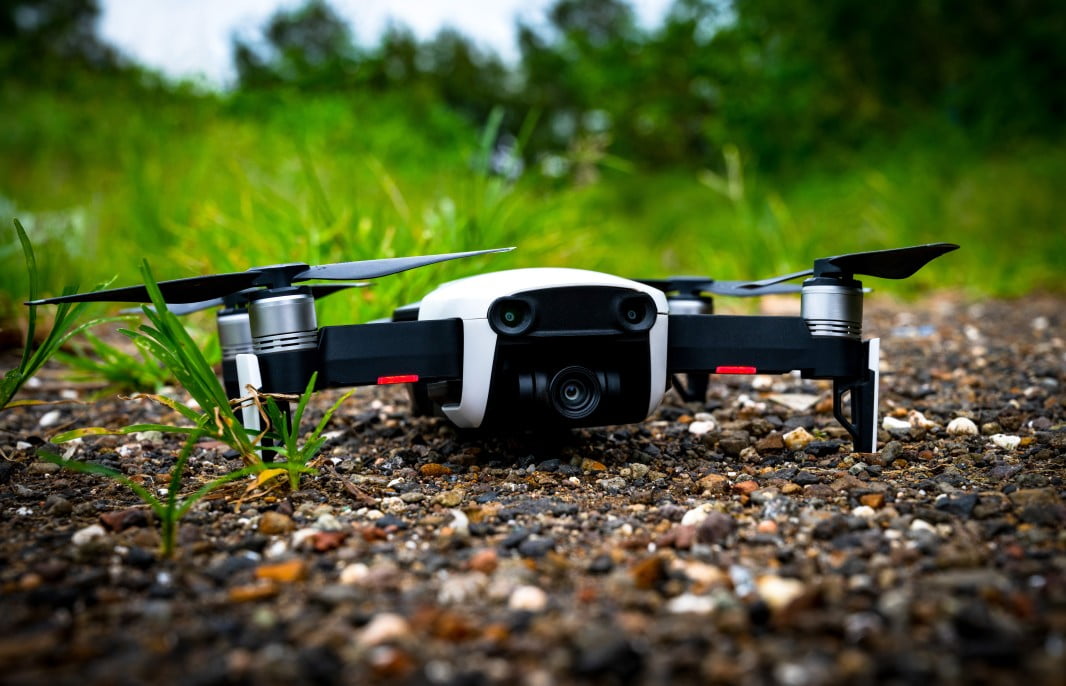
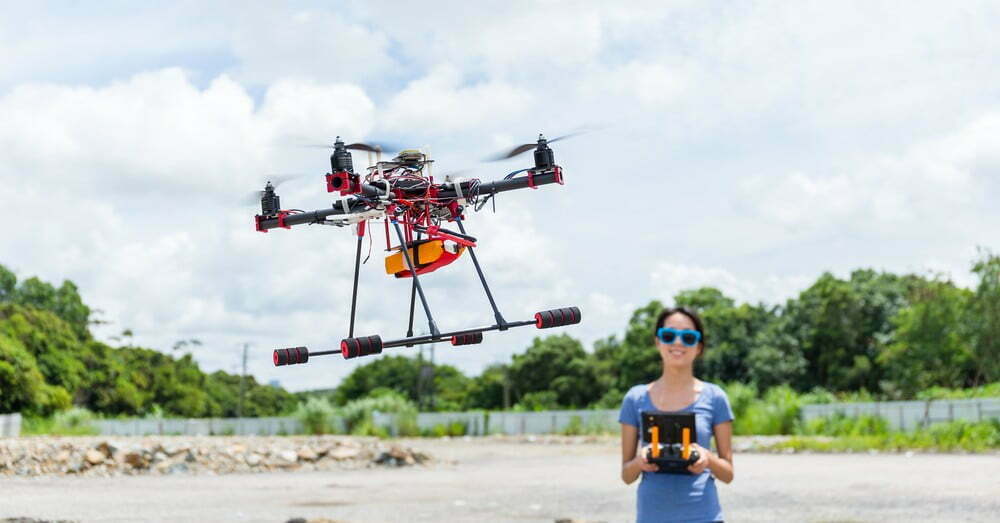
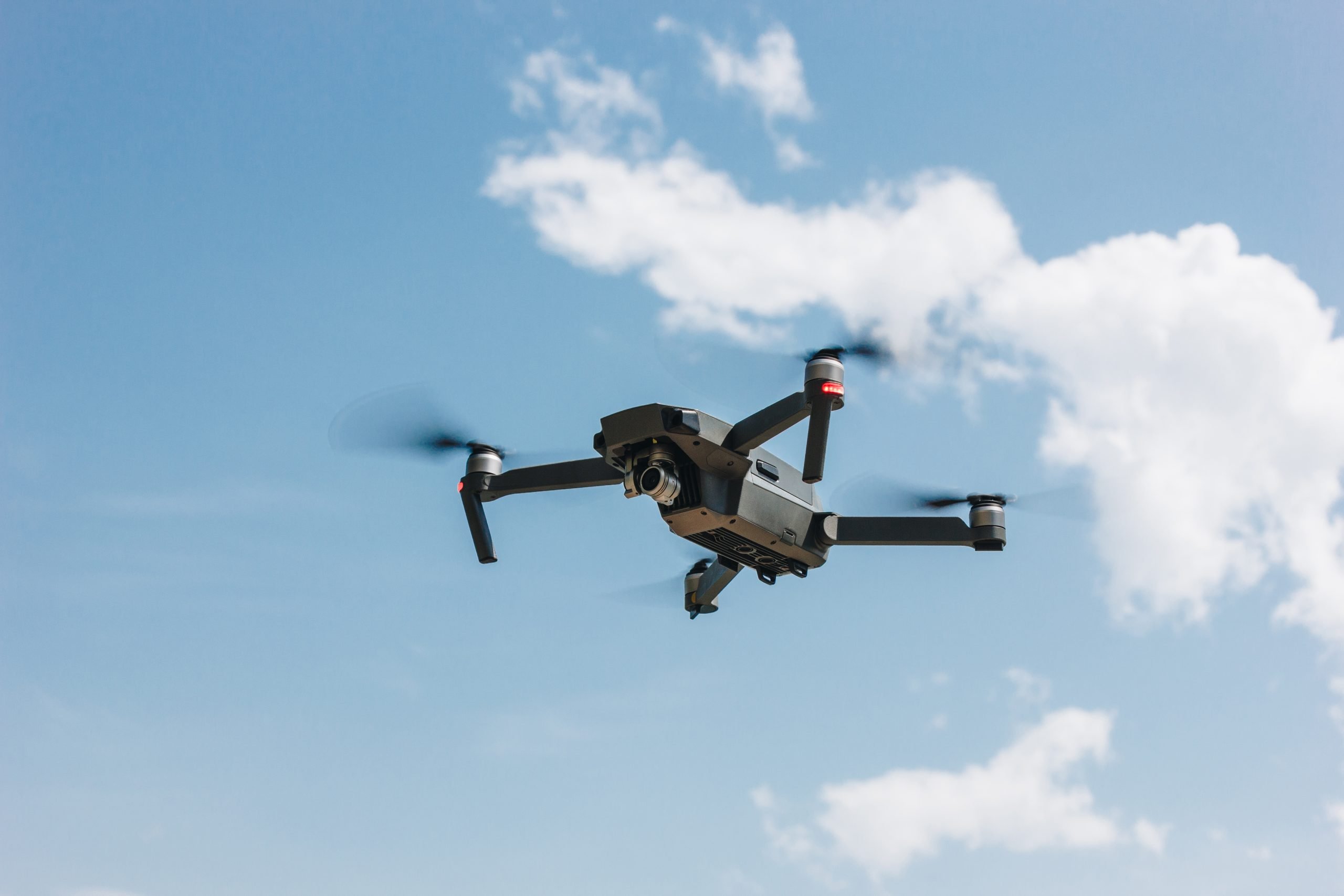
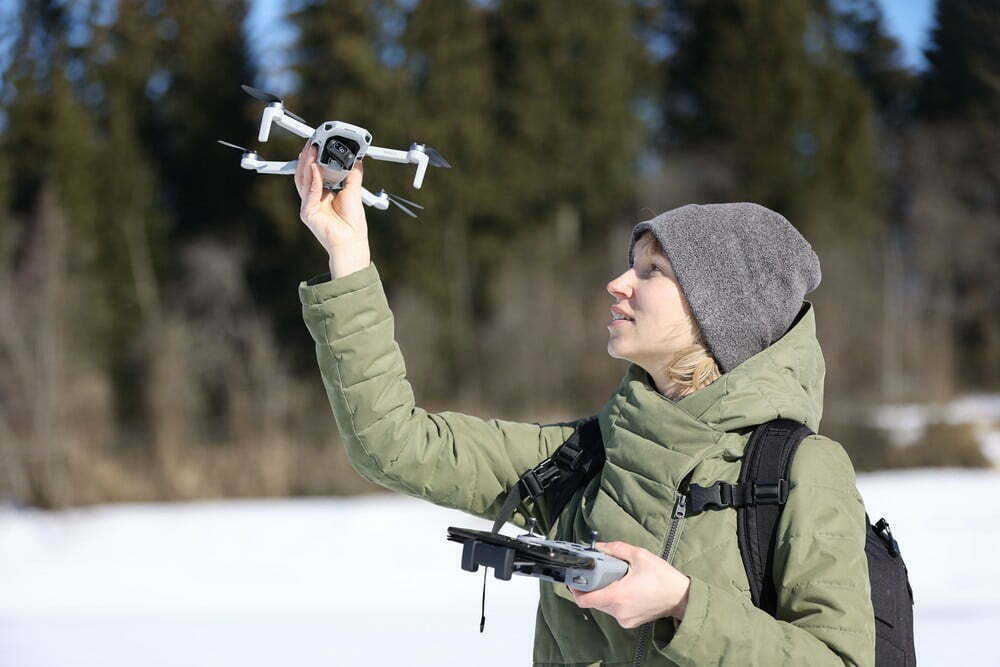
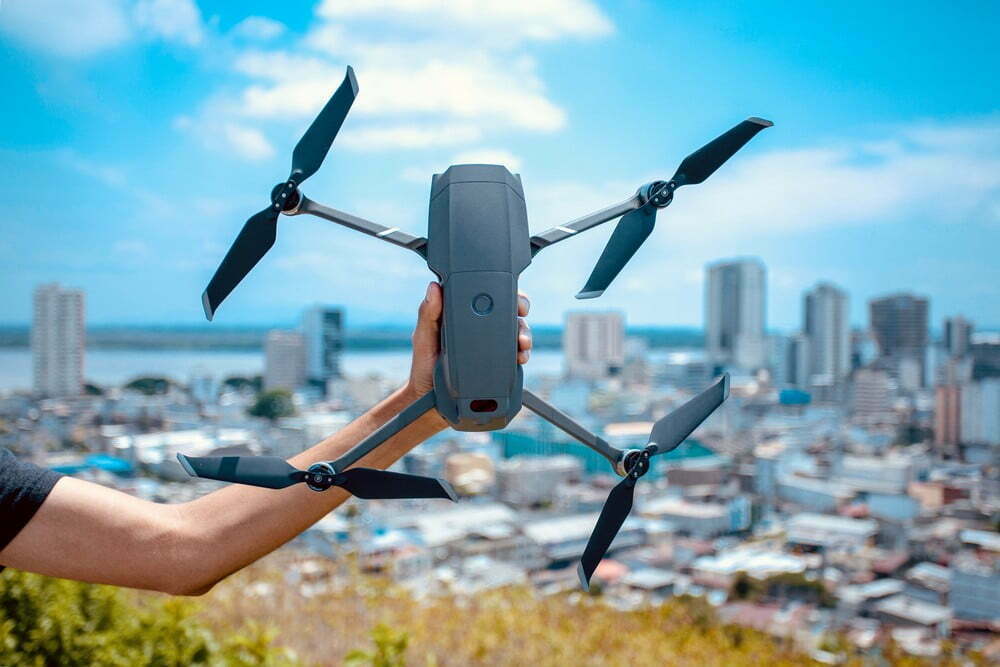
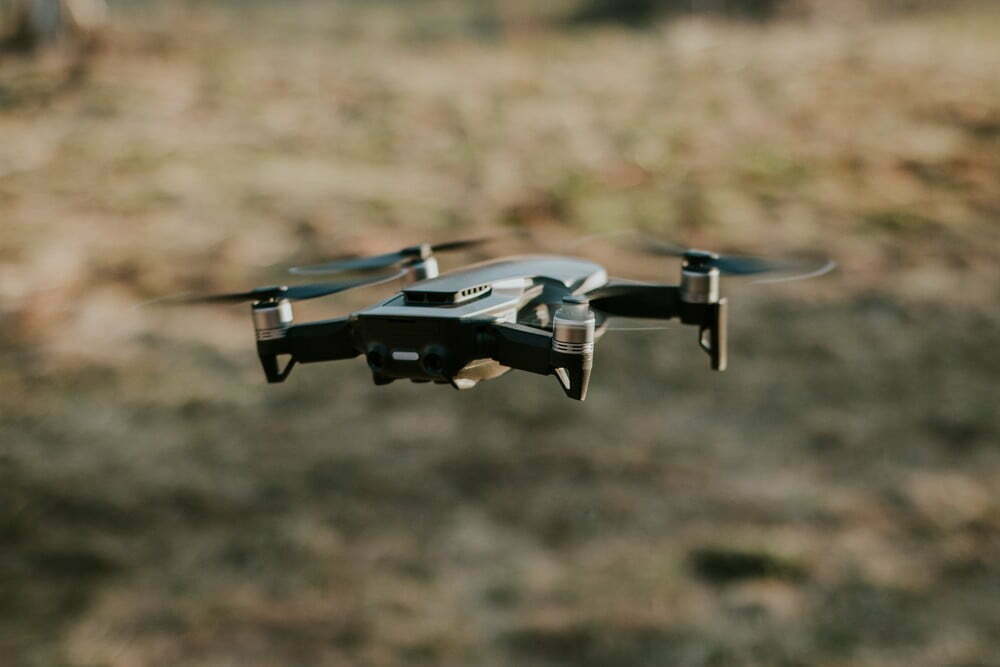
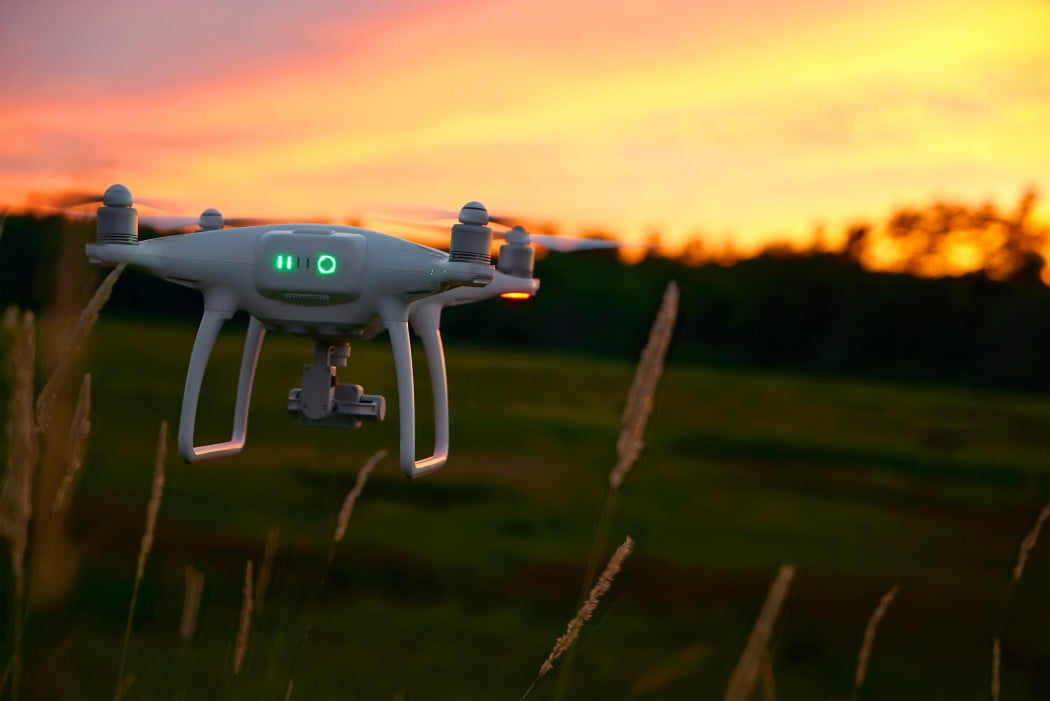
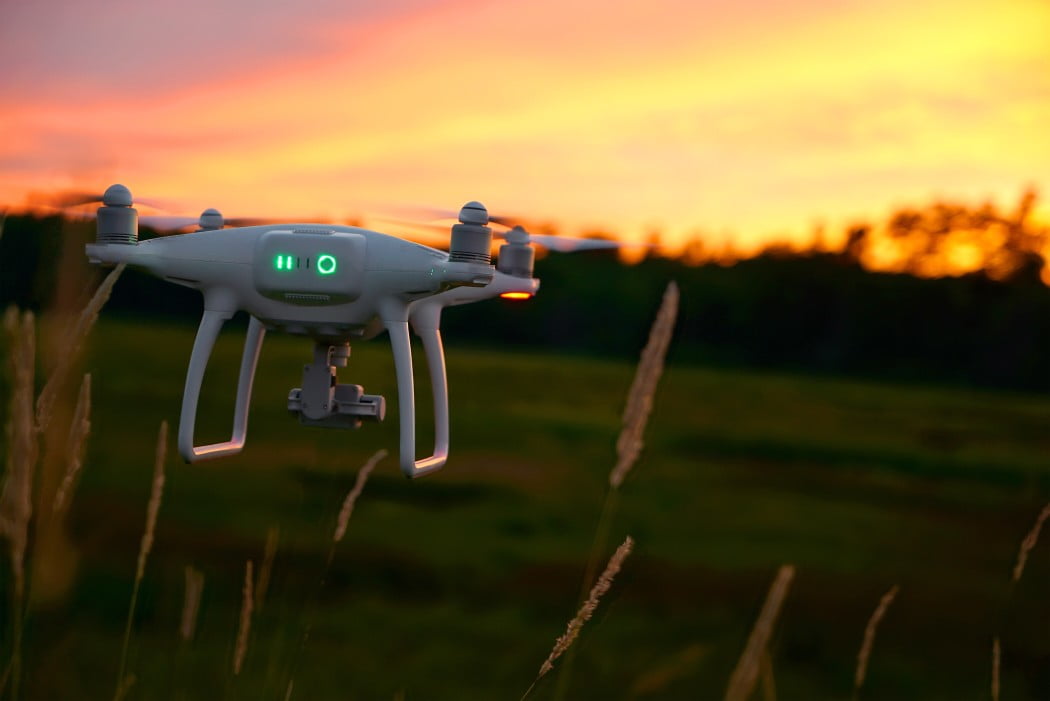
![Best Drones Under the Cost of Ferrari in [year] 26 Best Drones Under the Cost of Ferrari in 2025](https://www.gadgetreview.dev/wp-content/uploads/image-test-3.jpg)
![10 Best VR Drones in [year] 27 10 Best VR Drones in 2025](https://www.gadgetreview.dev/wp-content/uploads/Best-VR-Drone.jpg)
![10 Best Drones for Beginners in [year] 28 10 Best Drones for Beginners in 2025](https://www.gadgetreview.dev/wp-content/uploads/Best-Drones-for-Beginners.png)
![10 Best Indoor Drones in [year] 29 10 Best Indoor Drones in 2025](https://www.gadgetreview.dev/wp-content/uploads/Best-Indoor-Drone.jpeg)
![10 Best FPV Racing Drones in [year] 30 10 Best FPV Racing Drones in 2025](https://www.gadgetreview.dev/wp-content/uploads/Best-FPV-Racing-Drone-scaled-1.jpg)
![10 Best Selfie Drones in [year] 31 10 Best Selfie Drones in 2025](https://www.gadgetreview.dev/wp-content/uploads/Best-Selfie-Drones.jpg)
![10 Best Drones for GoPro in [year] 32 10 Best Drones for GoPro in 2025](https://www.gadgetreview.dev/wp-content/uploads/Best-Drone-for-GoPro-scaled-1.jpg)
![10 Best Drones for Kids in [year] 33 10 Best Drones for Kids in 2025](https://www.gadgetreview.dev/wp-content/uploads/Best-Drone-for-Kids-scaled-1.jpg)
![10 Best Professional Drones in [year] 34 10 Best Professional Drones in 2025](https://www.gadgetreview.dev/wp-content/uploads/Best-Professional-Drone.jpg)
![10 Best Fixed Wing Drones in [year] 35 10 Best Fixed Wing Drones in 2025](https://www.gadgetreview.dev/wp-content/uploads/Best-Fixed-Wing-Drone.jpg)
![10 Best Follow Me Drones in [year] 36 10 Best Follow Me Drones in 2025](https://www.gadgetreview.dev/wp-content/uploads/Best-Follow-Me-Drone.jpg)
![10 Best Foldable Drones in [year] 37 10 Best Foldable Drones in 2025](https://www.gadgetreview.dev/wp-content/uploads/best-foldable-drones.jpg)
![10 Best Drones for Travelling in [year] 38 10 Best Drones for Travelling in 2025](https://www.gadgetreview.dev/wp-content/uploads/best-drones-for-travelling.jpg)
